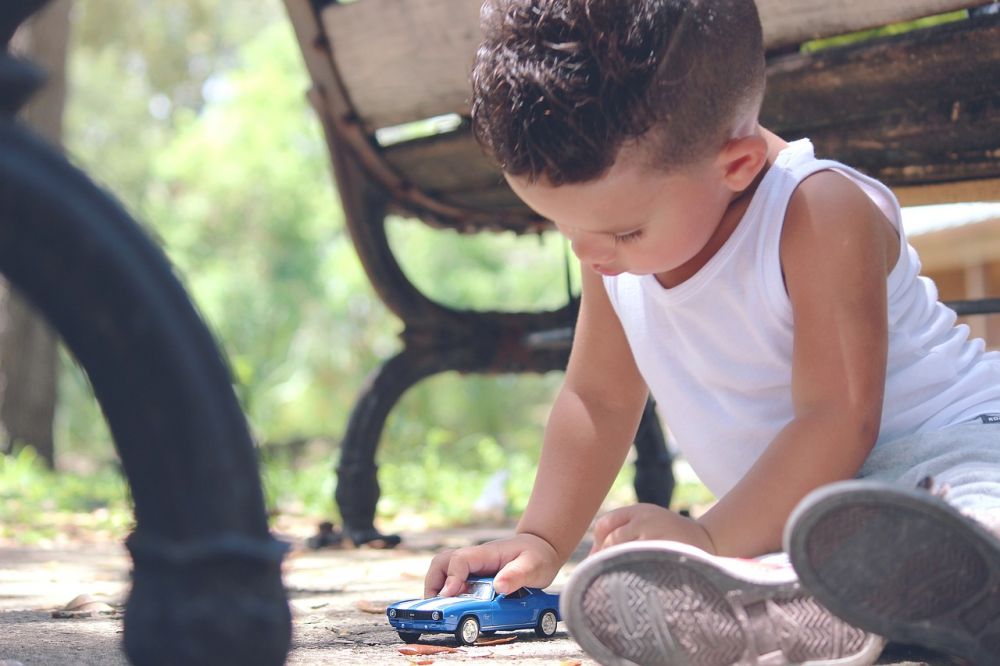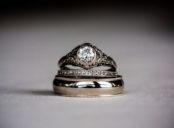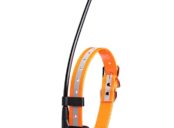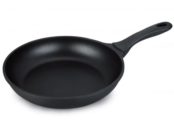Leksaker för 8 år – En Utförlig Guide

Introduction to Leksaker för 8 år
As children grow and develop, their interests and abilities change. At the age of 8, children are entering a crucial stage in their cognitive and physical development. When it comes to choosing toys for this age group, it is important to consider their expanding skills, interests, and educational needs. In this comprehensive guide, we will explore the world of toys for 8-year-olds, offering an overview, presenting popular types, discussing differences, and delving into the historical pros and cons.
An Overview of Leksaker för 8 år

Children at the age of 8 are typically in the third grade, and their cognitive abilities are rapidly progressing. They are becoming more independent, curious, and interested in exploring the world around them. Toys for 8-year-olds need to strike a balance between providing entertainment and fostering their physical, social, and cognitive development.
Popular Types of Leksaker för 8 år
When it comes to toys for 8-year-olds, the options are vast. From building sets and arts and crafts to board games and sports equipment, there is something to cater to every child’s interests and abilities. Building sets, such as LEGO and magnetic tiles, help develop fine motor skills and problem-solving abilities, while arts and crafts kits allow kids to unleash their creativity. Board games, such as Monopoly and Scrabble, promote social skills and critical thinking. Sports equipment, like bikes and balls, encourage active play and physical fitness.
Quantitative Measurements of Leksaker för 8 år
Several quantitative measurements can be used to evaluate toys for 8-year-olds. The most common ones include safety, durability, educational value, and customer satisfaction. Safety is of utmost importance, ensuring that toys meet regulatory standards and do not pose any hazards to children. Durability is another important aspect since kids can be rough with their toys. Educational value evaluates how effectively a toy promotes learning and skill development. Lastly, customer satisfaction reflects how well-received a toy is by both children and their parents, including factors such as playability and overall enjoyment.
Differences Among Leksaker för 8 år
While there are numerous types of toys for 8-year-olds, they do vary in terms of complexity, age appropriateness, and skill development. Some toys may require advanced problem-solving and critical thinking skills, while others may be more suitable for honing fine motor skills. It’s important to consider a child’s unique abilities and interests when selecting toys, ensuring they are appropriately challenged without becoming frustrated.
A Historical Overview of the Pros and Cons of Leksaker för 8 år
Over time, the toy industry has evolved, introducing new technologies and educational approaches. In the past, traditional toys like dolls and action figures dominated the market. While these toys provided imaginative play, they were limited in terms of educational value. However, with advancements in technology, interactive and educational toys have gained popularity. These toys often incorporate digital elements to enhance learning and engagement. However, some critics argue that excessive screen time associated with certain interactive toys may hinder children’s social and physical development.
Conclusion
Choosing the right toys for 8-year-olds plays a crucial role in their development and entertainment. By considering their stage of cognitive and physical development, interests, and educational needs, parents and caregivers can select toys that promote growth and enjoyment. Whether it’s a challenging building set, an artistic outlet, or an engaging board game, toys for 8-year-olds offer endless possibilities for learning and fun.
Take a look at this video showcasing some popular toys for 8-year-olds.





















